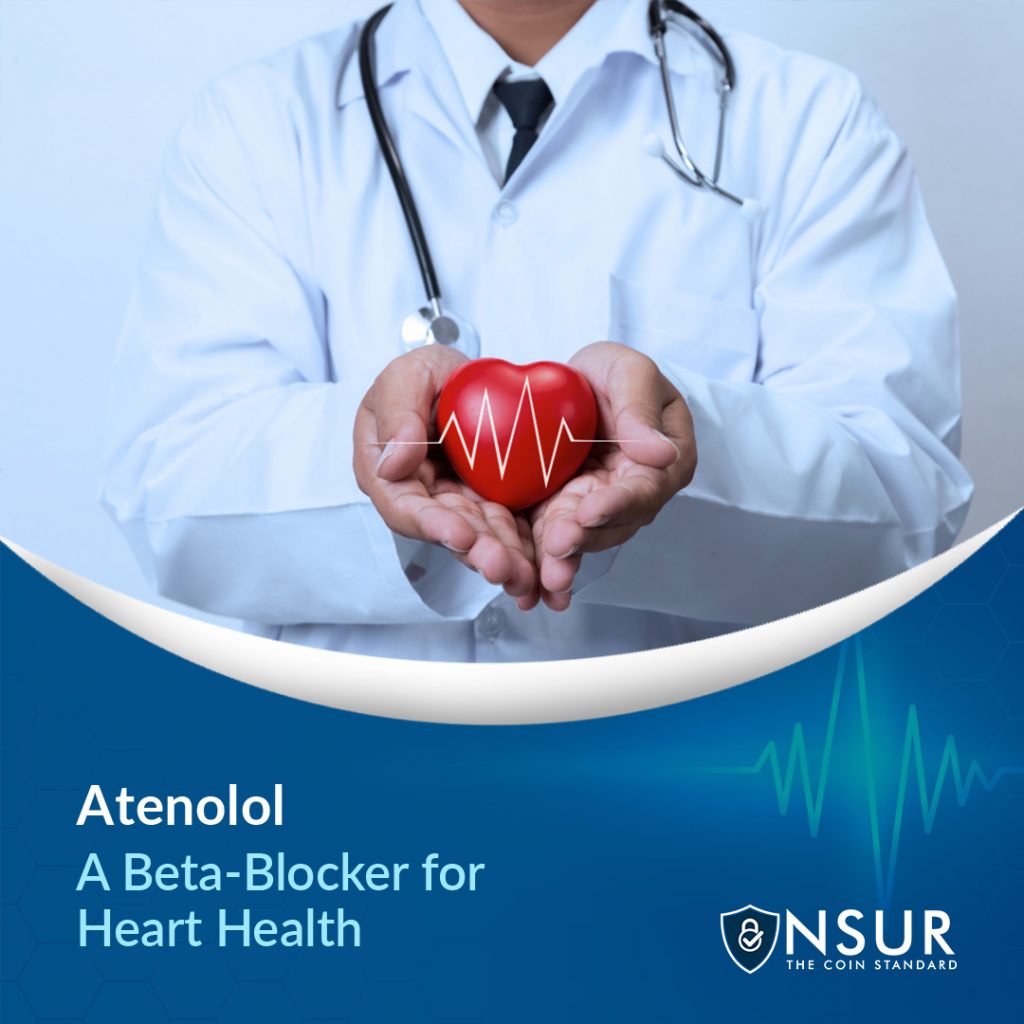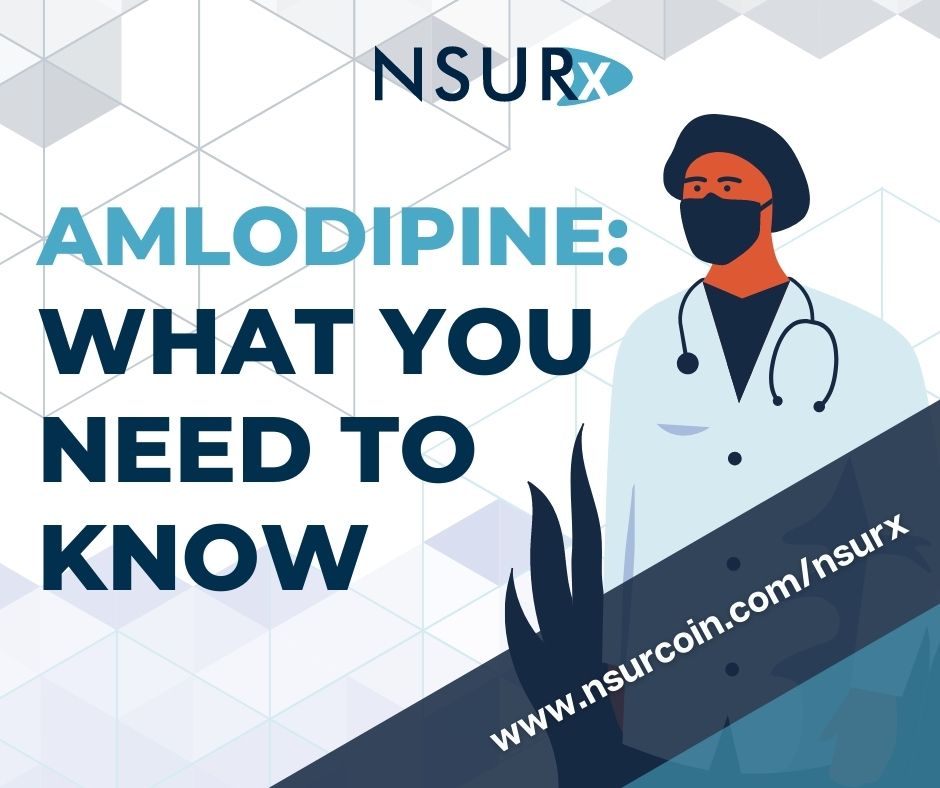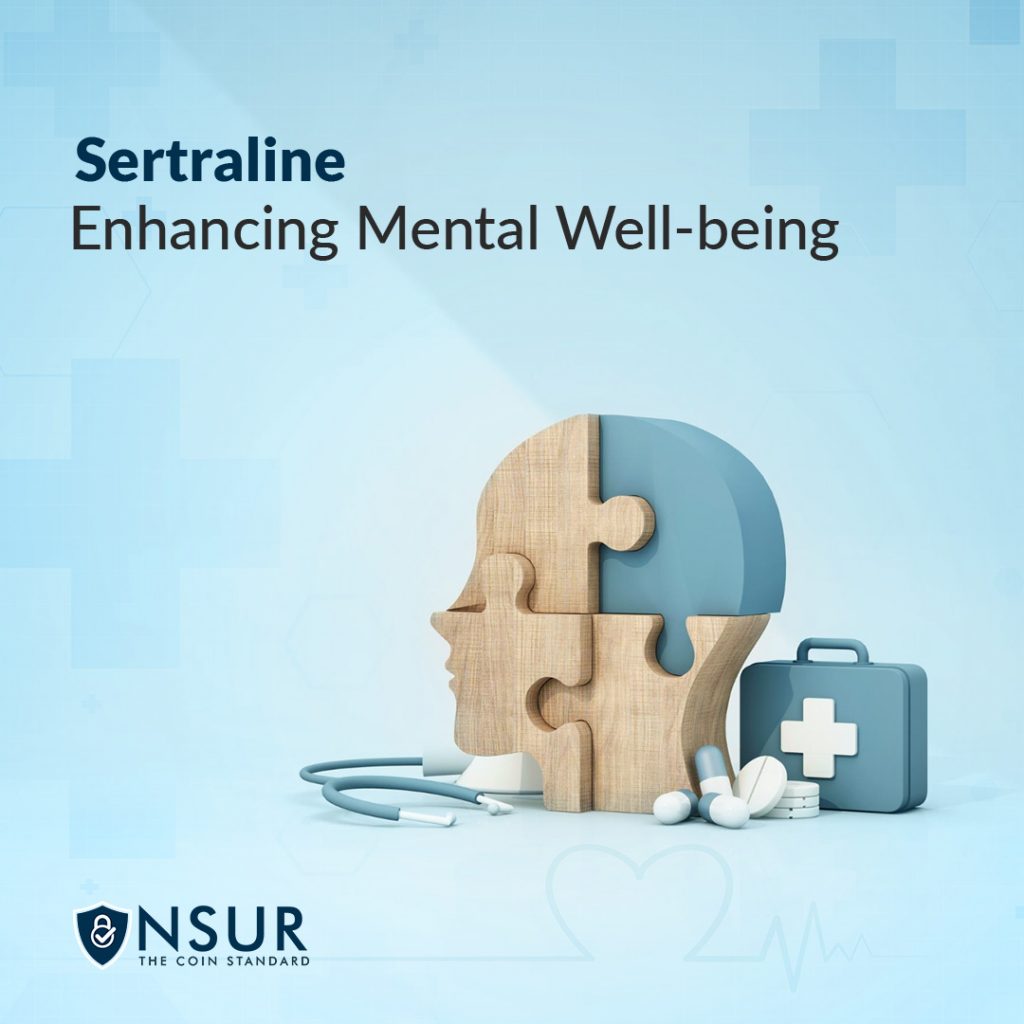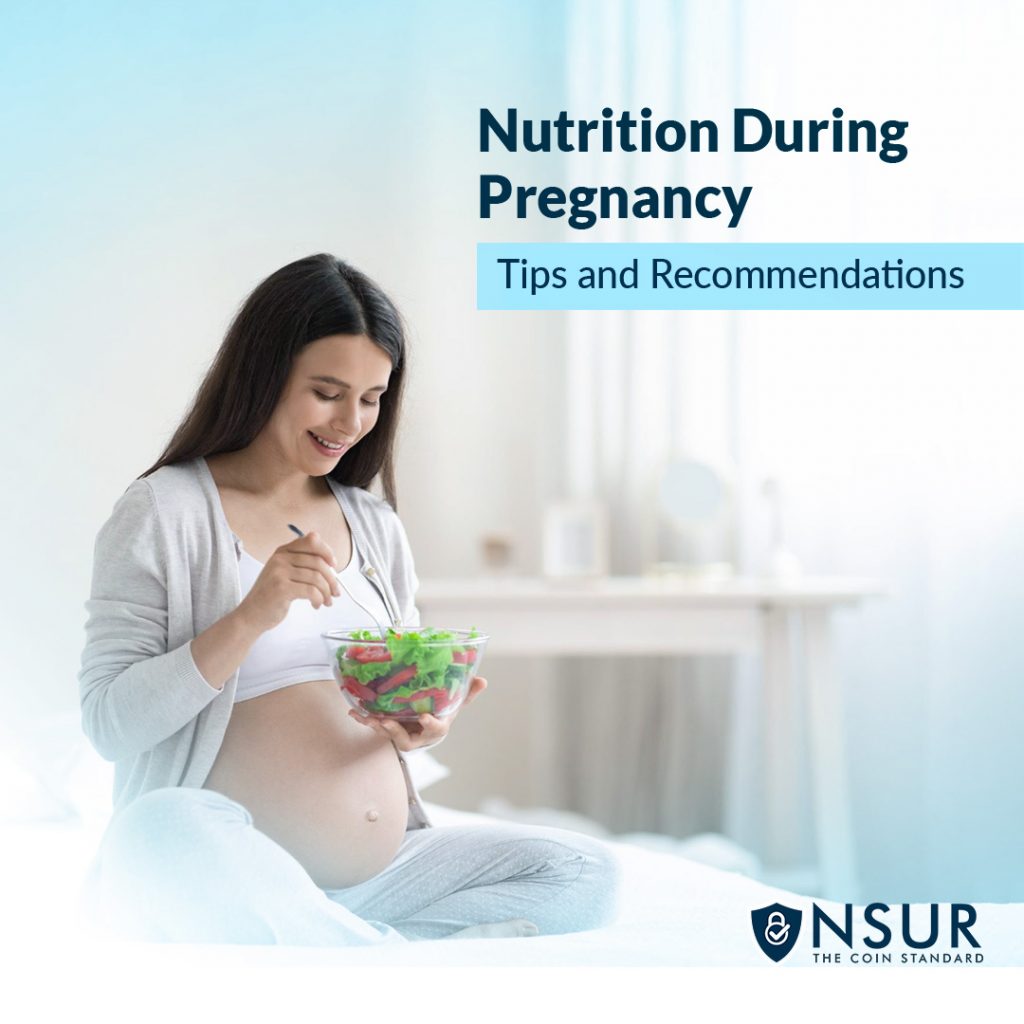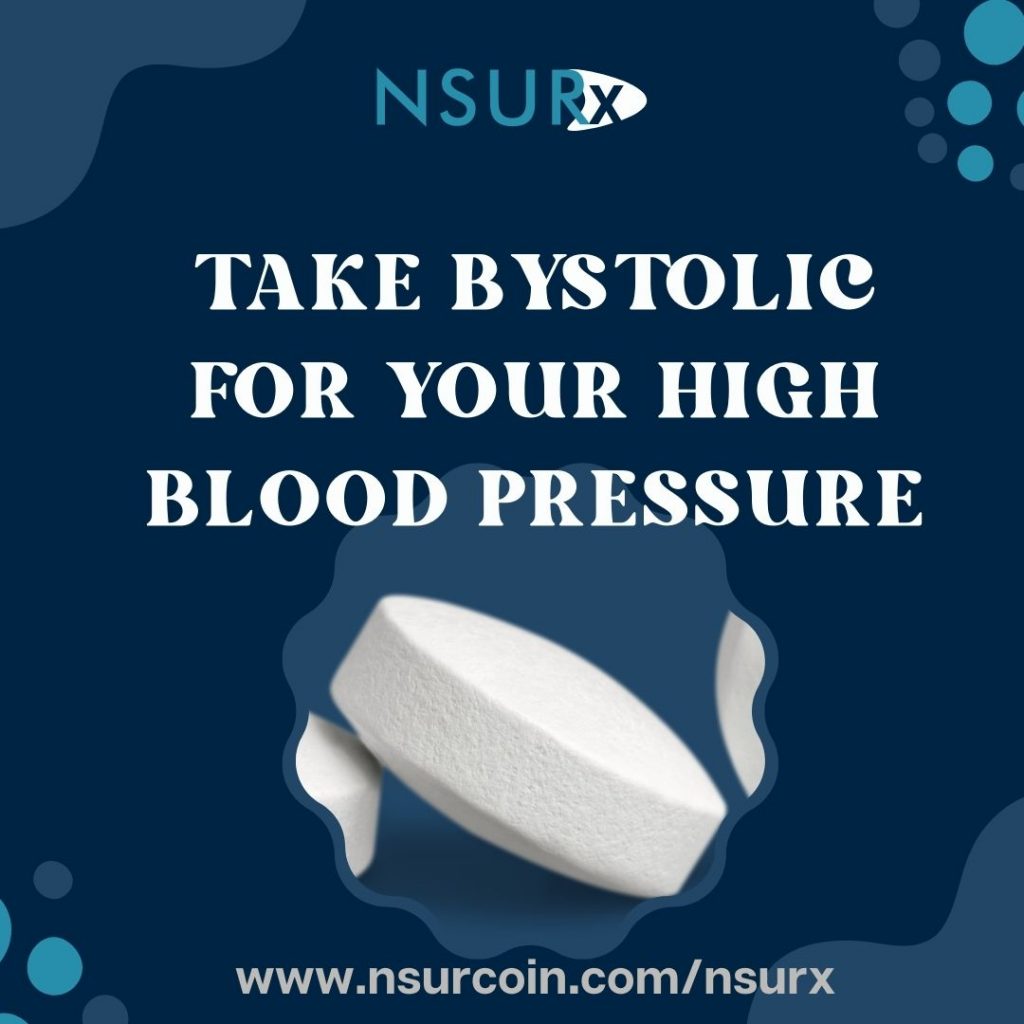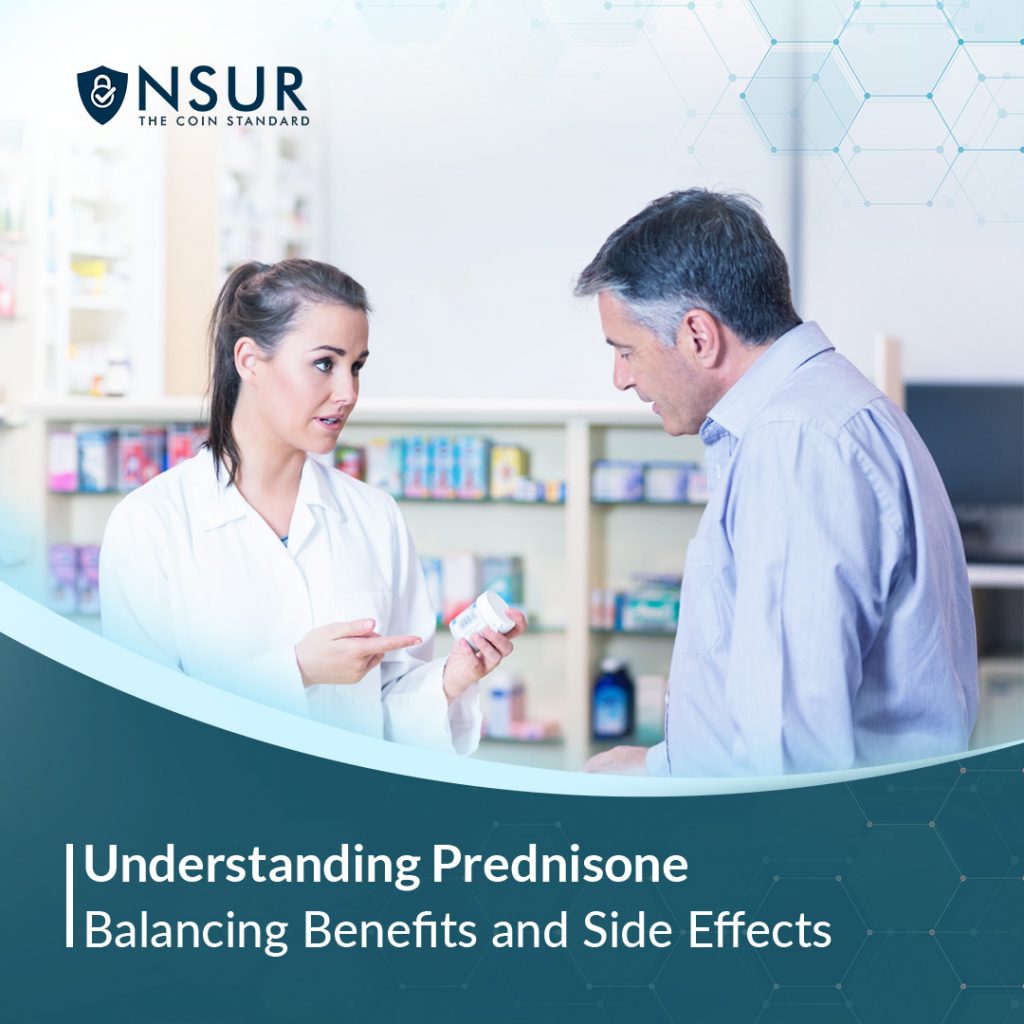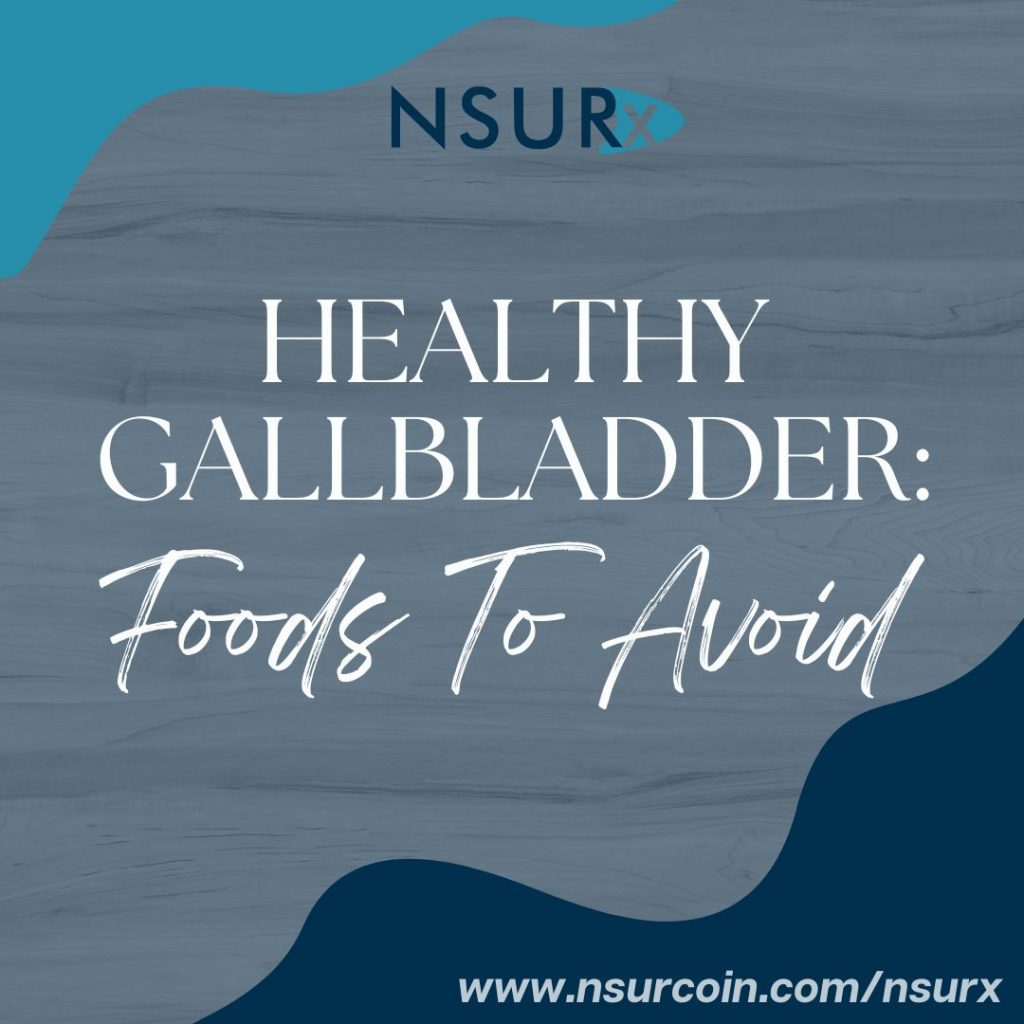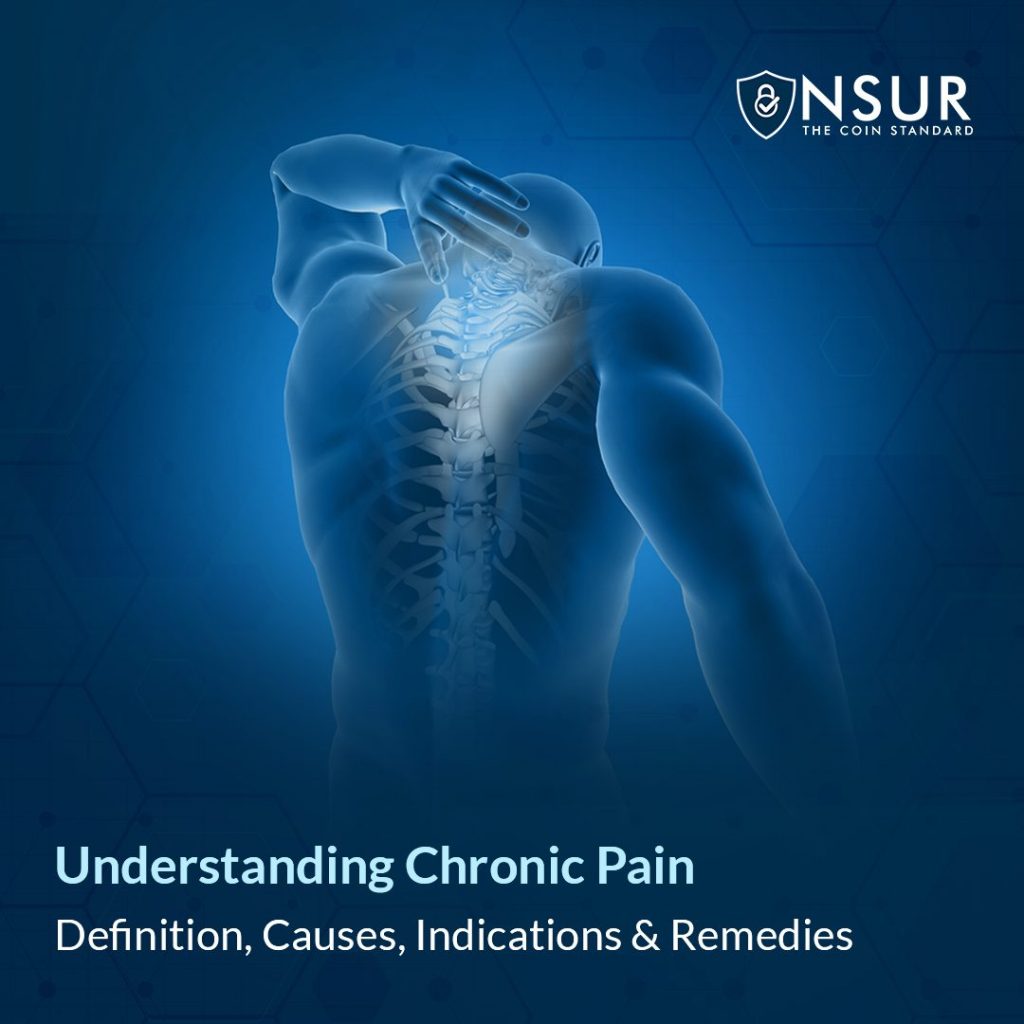
Chronic pain is defined as pain that lasts more than three months. The pain may be there all of the time or may come and go. It can occur in any part of your body.
Chronic pain can interfere with daily activities such as working, socializing, and caring for yourself or others. It can cause sadness, worry, and difficulty sleeping, all of which can exacerbate your discomfort. This reaction establishes a difficult-to-break loop.
Chronic pain is distinct from another form of pain known as acute pain. Acute pain occurs when you are injured, such as by a minor cut to your skin or a fractured bone. It doesn’t stay long and fades after your body heals from whatever caused the discomfort. Chronic pain, on the other hand, persists long after you have recovered from an accident or sickness. It can even happen for no apparent cause.
Common Chronic Pain Areas
- One of the most serious health issues is lower back pain. Back discomfort is a common cause of adult activity restriction.
- Cancer pain affects the majority of persons who have advanced cancer.
- Migraines, cluster headaches, and tension headaches are some of the most frequent kinds of chronic headaches.
- Other pain disorders, such as neuralgias and neuropathies, which affect nerves throughout the body, pain caused by injury to the central nervous system (brain and spinal cord), and pain with no physical cause–psychogenic pain–increase the overall number of documented cases.
Causes of Chronic Pain Syndrome
CPS has both physical and mental bases. Some specialists believe that persons with the illness have a difficulty with the nervous and glandular system that the body employs to deal with stress. As a result, they experience pain in a different way.
According to other specialists, CPS is a learnt reaction. When you are in pain, you may begin to repeat certain harmful behaviors long after the discomfort has subsided.
CPS can affect people of all ages and both sexes, although it primarily affects women. People who suffer from significant depression or other mental illnesses are more likely to receive CPS.
Indications of Chronic Pain Syndrome
- Anxiety
- Depression
- Poor sleep
- Feeling very tired or wiped out
- Irritability
- Guilt
- Loss of interest in sex
- Drug or alcohol abuse
Remedies to Manage Chronic Pain
Making a plan for your day – Make a list of things to do and places to go to assist you stay on top of your discomfort.
Learning to relax – It might be difficult to relax while you are in pain, but finding something that calms you will minimize the tension of pain.
Regular pleasant exercise – Even a tiny quantity will improve your mood and alleviate your discomfort. It will also maintain your muscles and joints in good shape.
Taking pain relievers – Pain relievers work best when used in conjunction with a strategy. Patients frequently complain that their pain relievers are ineffective.
Talking to others – Tell your friends and family about your chronic pain and why you need to change your habits right now.
Enjoyment – Doing tasks that you enjoy increases your body’s natural painkillers. Consider what you liked before the discomfort and incorporate it back into your routine.
Take advantage of NSURx for your prescription drugs!
With the NSURx Prescription Benefit Card, you can save money on your Pain relieving medications at more than 35,000 pharmacies across the United States.
You can save up to 80% on your medication by using an NSURx card. Hundreds of dollars in savings could be yours every time you fill out your prescription.
The more you shop with NSURx, the more NSUR Coins you will receive as a reward.
Reference:
- https://my.clevelandclinic.org/health/diseases/4798-chronic-pain
- https://www.hopkinsmedicine.org/health/conditions-and-diseases/chronic-pain
- https://www.webmd.com/pain-management/chronic-pain-syndrome-overview
- https://www.nhsinform.scot/illnesses-and-conditions/brain-nerves-and-spinal-cord/chronic-pain
